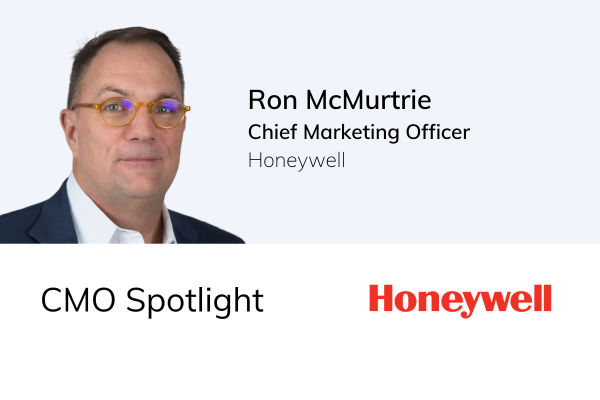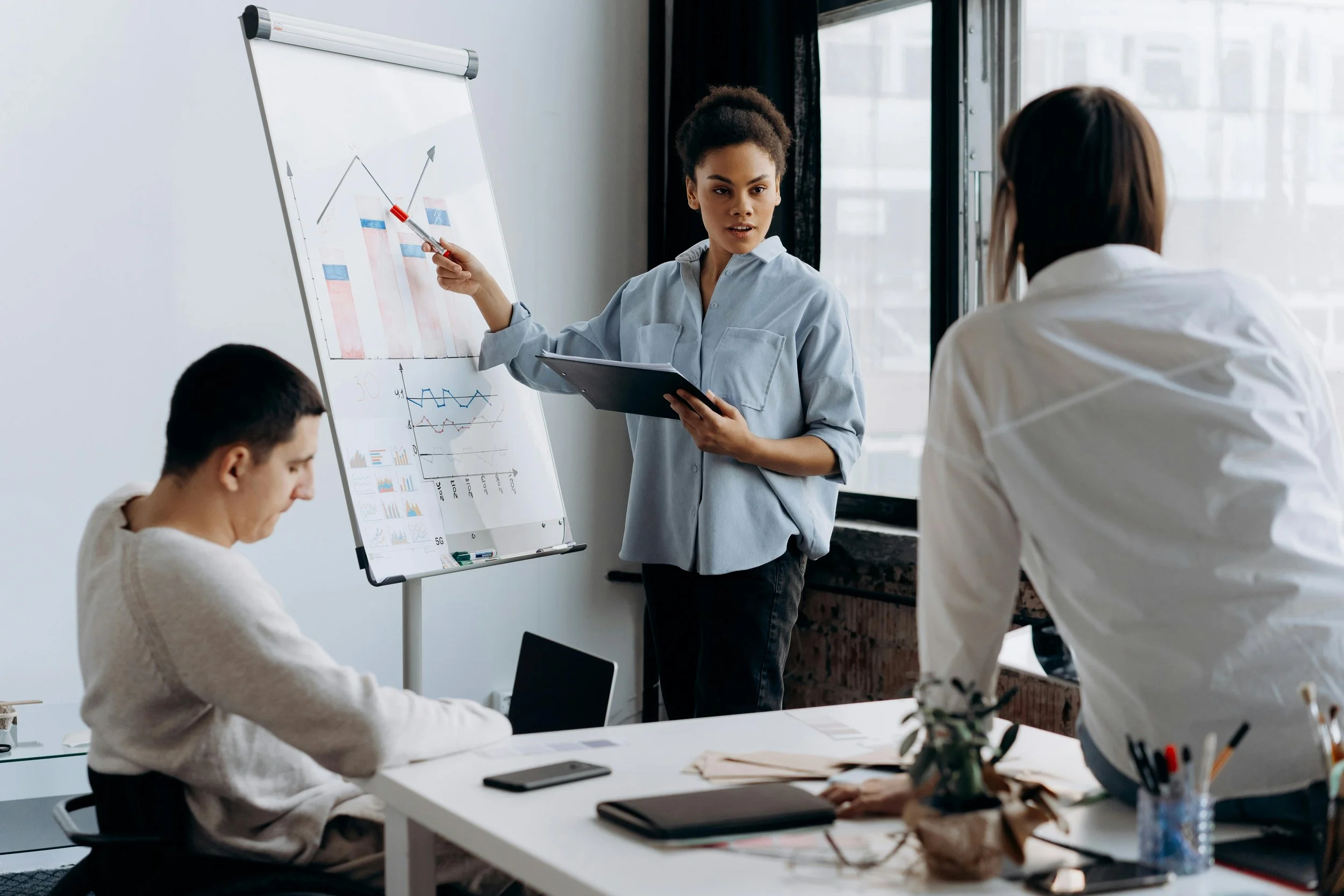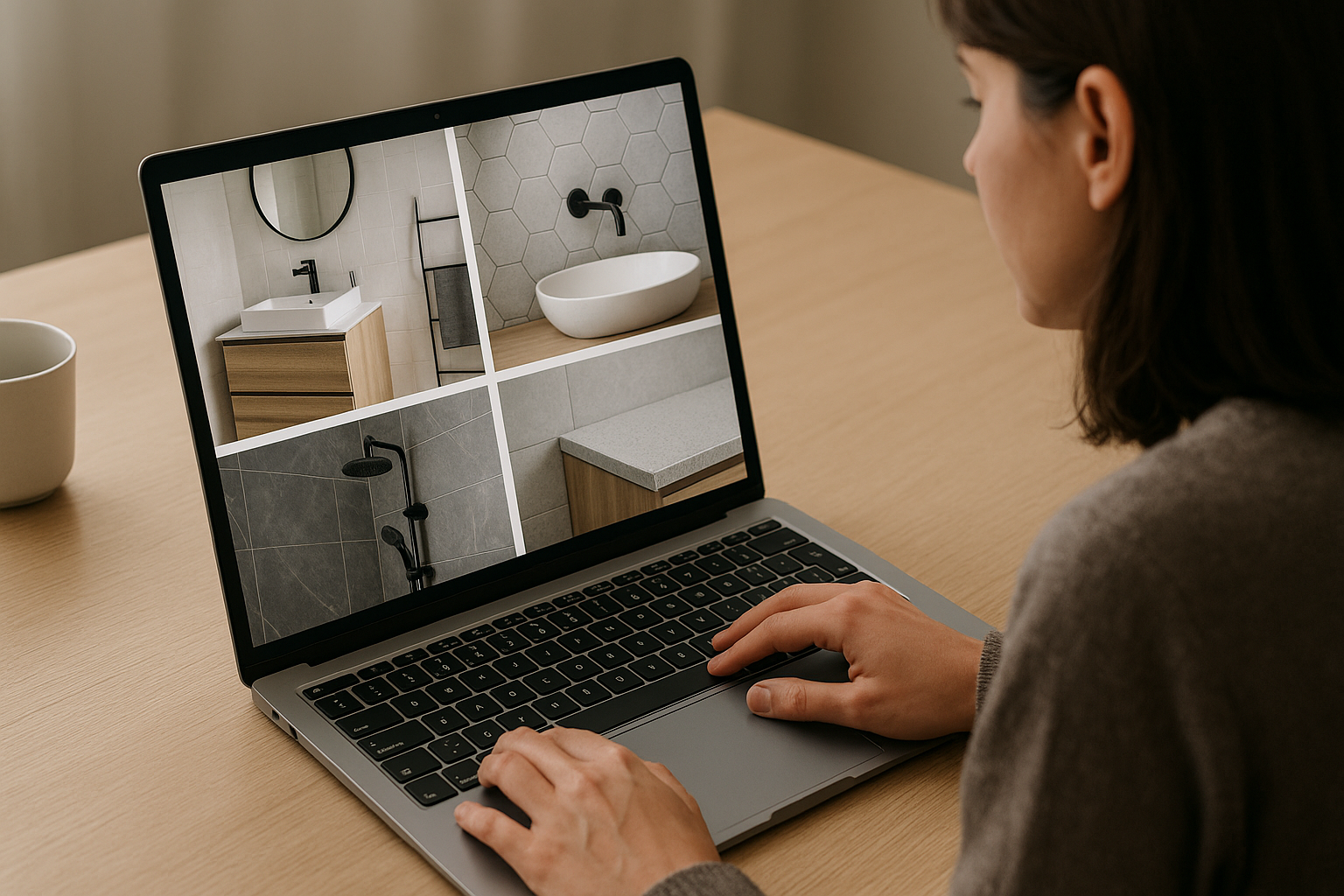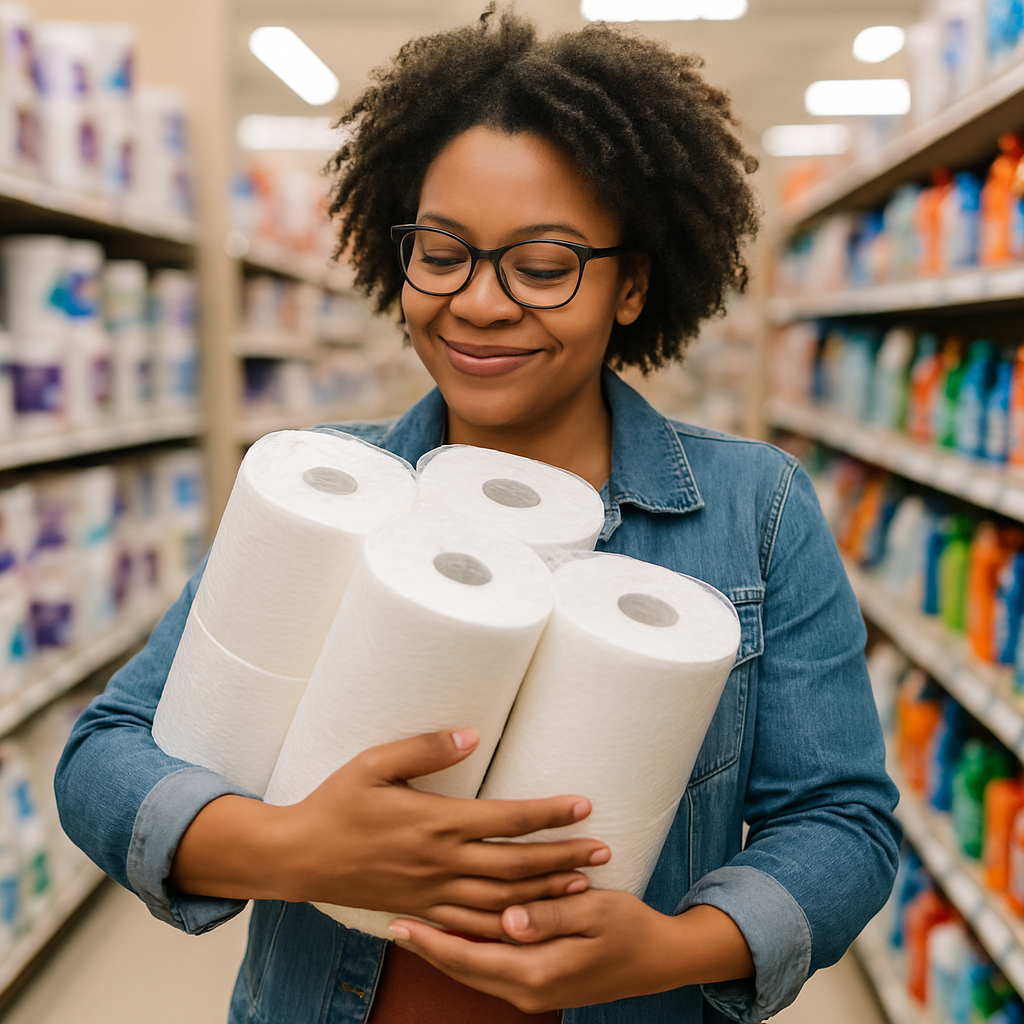The Latest Scoop: 5 Things We Noticed About Super Bowl LVII
It’s no news that the Super Bowl is one of the biggest sporting, cultural, and marketing events of the year. Now, after a dip during the pandemic in viewership, live events and entertainment are back…meaning advertisers are on the move. You’ve likely already read all of the listicles describing the best and worst ads during Super Bowl LVII between the Kansas City Chiefs and the Philadelphia Eagles, or even formed opinions of your own…but there were some shifts in the advertising game that we wanted to bring into the light.
Here is a summary of what we noticed:
#1 - The price.
Purchasing an advertising spot for the Super Bowl has always been expensive, but brands are being more and more strategic as the price continues to increase. The 30-second spots sold for “north of $7 million” this year, according to Fox Sports CEO Eric Shanks.
Check out the visual on the right from Hollywood Reporter showing the increase in ad spend over the years. As ad spend continues to skyrocket, companies are reevaluating their role in the Super Bowl. Some brands opted out completely, while others are building entire marketing campaigns around the ad to live before and after the Super Bowl airs.
An example of this is Hyundai. Miles Johnson, a Communications Manager for Hyundai told PCMag, "After the championship games, the ads will continue to run across multiple platforms, including YouTube, TikTok, Twitter, Facebook, and Instagram."
#2 - Relationships changed.
After 10 years, PepsiCo did not sponsor the Super Bowl halftime show, and Anheuser-Busch ceded its 1989 exclusivity as the only alcohol advertiser. These big changes with gatekeeping brands create more opportunities for other brands to slide in.
PepsiCo is still working alongside the NFL, however, to highlight brands like FritoLay and Tostitos, as well as launch new products like pre-workout Gatorade. The halftime sponsorship is now in the hands of Apple, a brand that was willing to work with the NFL’s budget, and is a promising content creator partner.
Budweiser and Bud Light were met with competitors Molson Coors (Blue Moon and Miller Lite) ads for the first time, as well as Michelob Ultra and Busch Light, Diageo PLC’s Crown Royal whisky, and Heineken’s nonalcoholic beer. Booze brands were having a heyday getting to advertise during the big game in 2023.
#3 - EV start your motors…
Usually Super Bowl commercials are packed with car brands. This year, however, that was not the case. Only three spots were for Electric Vehicles (EV), while 2022 aired seven. The commercials that did air for GM, Jeep, and RAM touched on the importance of EVs using humor.
Some brands like Nissan and Hyundai opted out to spend their budget spreading their message across widespread ad campaigns over time instead of one big purchase. For some brands, they are waiting for a specific moment to launch and don’t want to be overshadowed by all the other Super Bowl commercials.
#4 - Is all press good press?
Super Bowl commercials, good or bad, create buzz. Two brands that received noteworthy buzz were Tubi and M&M’s.
What is success? Mentions? What if they’re negative mentions? Is this positive or negative ROI?
You’d have to ask the brand’s strategist because everyone is talking about Tubi (the ad that left everyone in an outrage when they thought they missed the game). While some reviews would negatively rate the ad’s effectiveness, Sprout Social rated it high on Twitter, mentions, engagement, and buzz.
Greg Hahn, the Co-founder of ad agency Mischief shared that Tubi’s team’s brief requested to “Reveal Tubi to the world, personality-first. Not title-first.” For a brand with a personality that is unexpected and quirky, they certainly achieved their goal.
M&M’s ad, on the other hand, was sparked out of controversy, and continued to remain controversial. Instead of bringing people together, it risked being alienating to some consumers by focusing less on the enjoyment of the product, and more on the topical bit. Forbes shared the reviews on this ad, “Admeter rated the spot #49 out of 50, it received a “D” on Adplan and 2 stars from Ad Age. The ad also appeared on the 5 worst list from Hootsuite in terms of social media response.”
#5 - Partnerships are supreme.
Maybe it is the steep price, or possibly advertisers getting creative, but there quite a number of unlikely partnerships this year (and we’re not just talking about Jack Harlow, Missy Elliott, and Elton John teaming up in the new Doritos campaign to reach multiple generations).
One partnership that stands out is Netflix and GM’s partnership. A partnership only works if both parties come together to achieve their goals, and that worked well for this ad because their goal is to improve the world and share that message through entertainment. GM CMO Deborah Wahl. "We want to make EVs famous on streaming, small and silver screens to build an EV culture through storytelling that incorporates the experiences of driving and owning an EV…It’s really important for both of our businesses. So I think that’s why you’re seeing this…but it only works when it’s good for both partners and we both get a message across that’s impactful.”
Another exciting partnership was Disney and Heineken when Paul Rudd’s Ant-Man chugged a nonalcoholic Heineken before saving the world (the first nonalcoholic beer to be featured in the Super Bowl).
Partnering has cost benefits as well as engagement benefits by expanding into other markets.
And now that we’ve been thoroughly entertained, disgusted (no one was asking for a car to be compared to ED), and satisfied (for the most part) with this year’s ads, we wait for another year full of drama and pleasant surprises! Tell us your thoughts on what ads you thought were the best/worst or deserved discussion below!































Over the past year, we’ve watched the following patterns emerge across seemingly unrelated sectors: rising consumer expectations, demand for authenticity, growing complexity, and the tension between automation and human connection.
We interviewed multiple marketers from an array of industries in our blogs below, and we discovered consistent trends across the board. Check out all of our industry blogs throughout 2025 from leaders at Blackbaud, Hiscox USA, Mimedx, MONPURE, Kimberly-Clark Professional, and more.